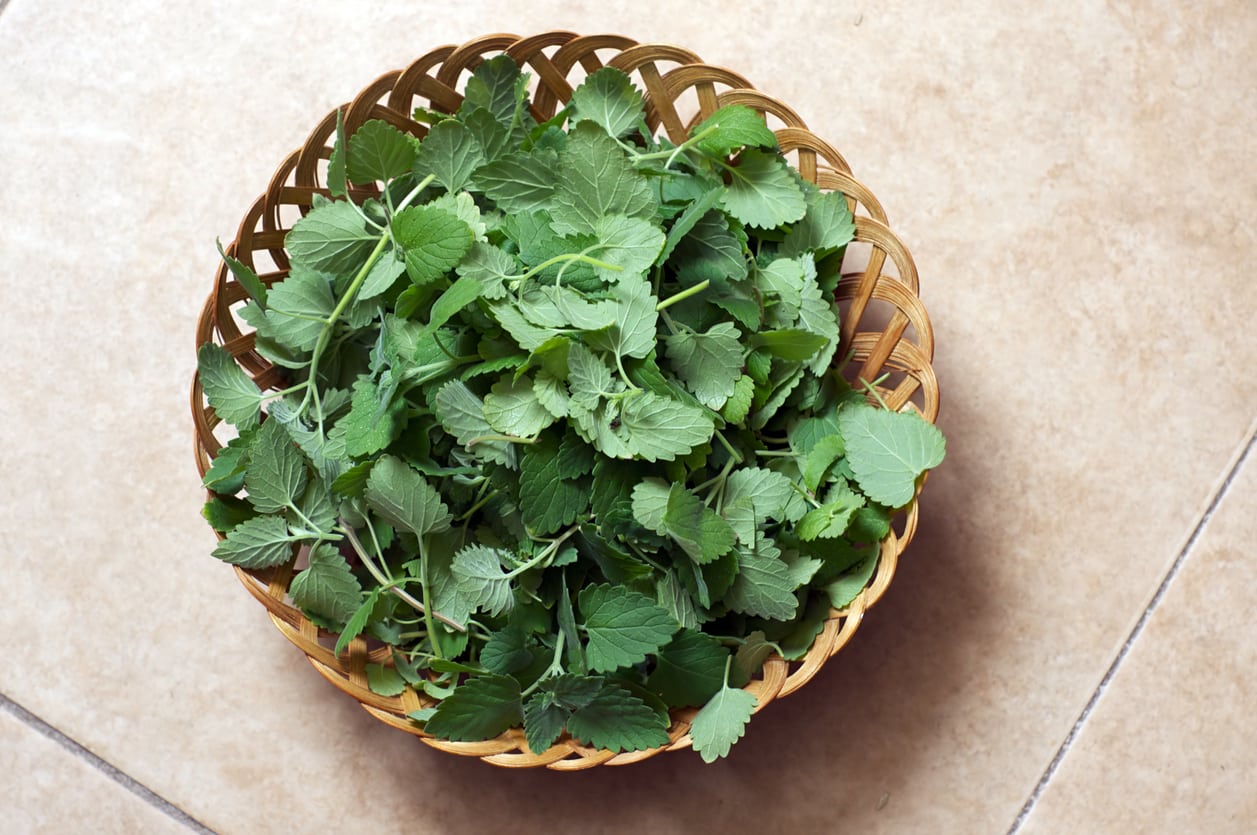When And How To Pick Catnip – Tips For Harvesting Catnip Plants


Catnip is every cat’s favorite plant, and its drug-like, euphoric effect on our furry friends is well known to cat lovers. You can also use catnip, a member of the mint family, as a culinary herb and in herbal teas. If you grow catnip in the garden, you’ll need to know when and how to harvest the leaves.
Why Grow and Harvest Catnip?
If you have cats, you can simply buy catnip at the store, but when you grow it yourself, you know where it comes from and that it’s organic. It’s easy to grow and harvesting catnip is simple too. You can dry the leaves to use for cat toys, or let your cats try them fresh. Outdoor cats will also enjoy playing around the plants in the garden. For human consumption, catnip leaves are used in teas and salads and may be useful for soothing stomach upset, much like mint plants.
When to Pick Catnip
For your cat’s delight, the best time for picking catnip leaves is when the plants are flowering, around mid-summer. This is when the compounds that cats love most are at peak levels in the leaves. Harvest the leaves later in the day, when the dew has dried so you minimize the risks of the harvest getting moldy. Also, consider harvesting the flowers at this time.
How to Harvest Catnip Plants
Catnip plants grow quickly and will readily replace what you remove. However, they are more likely to regrow stems than single leaves, so to harvest, cut off entire stems close to the base of the plant. Then you can remove individual leaves and allow them out to dry on a screen or drying tray. Keep your catnip harvest in a place safe from cats. They will be drawn to the leaves and will destroy them before they are ready to store. Once dry, you can store catnip leaves whole or crushed in a sealed jar or bag in a cool, dark cupboard. You should be able to make a good harvest of catnip leaves at least twice in the growing season. Cut stems in the summer at bloom time and again in the fall and you should have a good supply to take you and your cats through the winter.
Sign up for the Gardening Know How newsletter today and receive a free copy of our e-book "How to Grow Delicious Tomatoes".

Mary Ellen Ellis has been gardening for over 20 years. With degrees in Chemistry and Biology, Mary Ellen's specialties are flowers, native plants, and herbs.